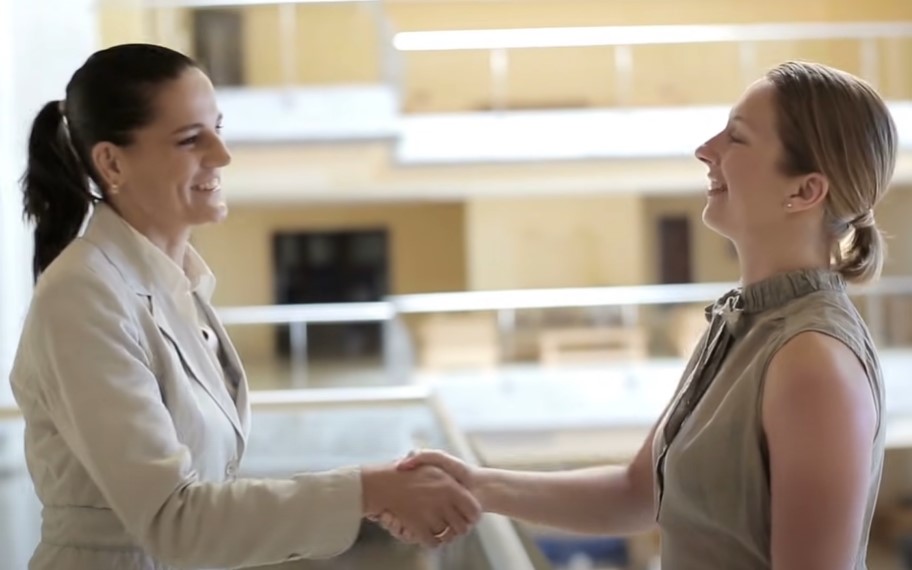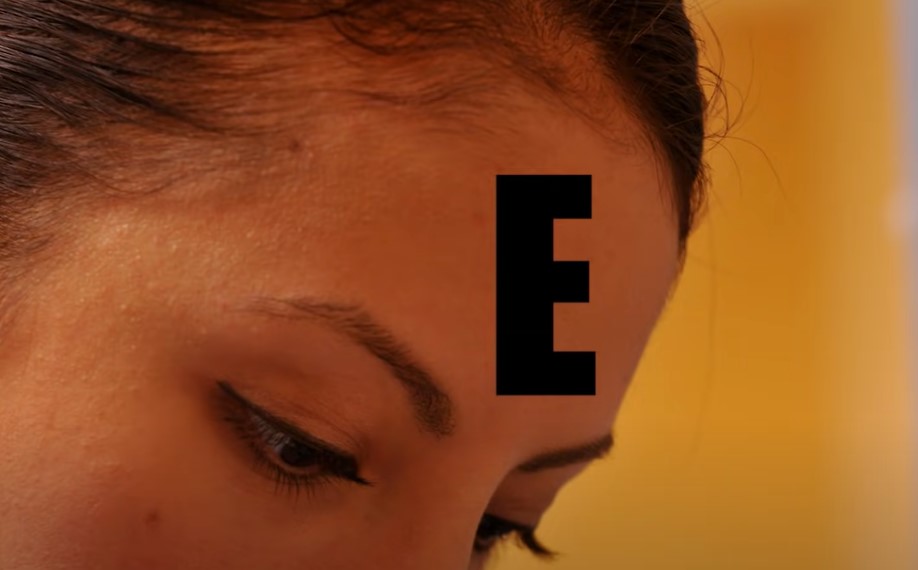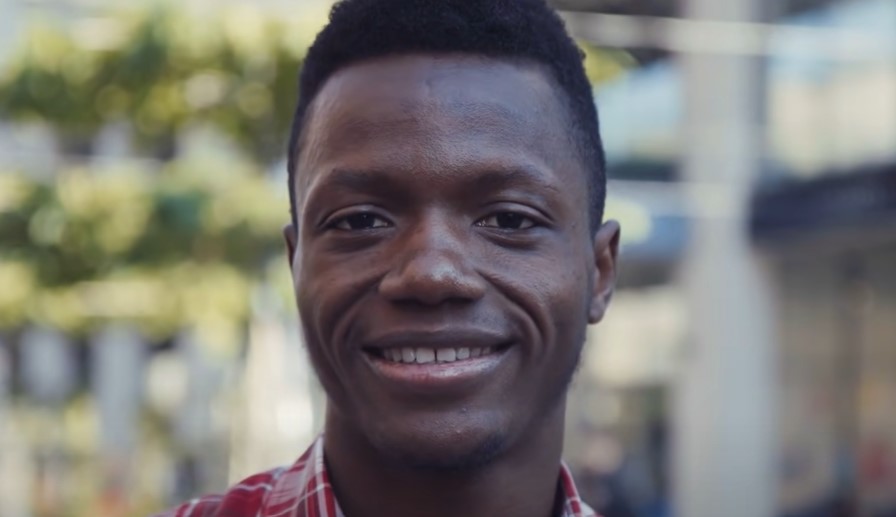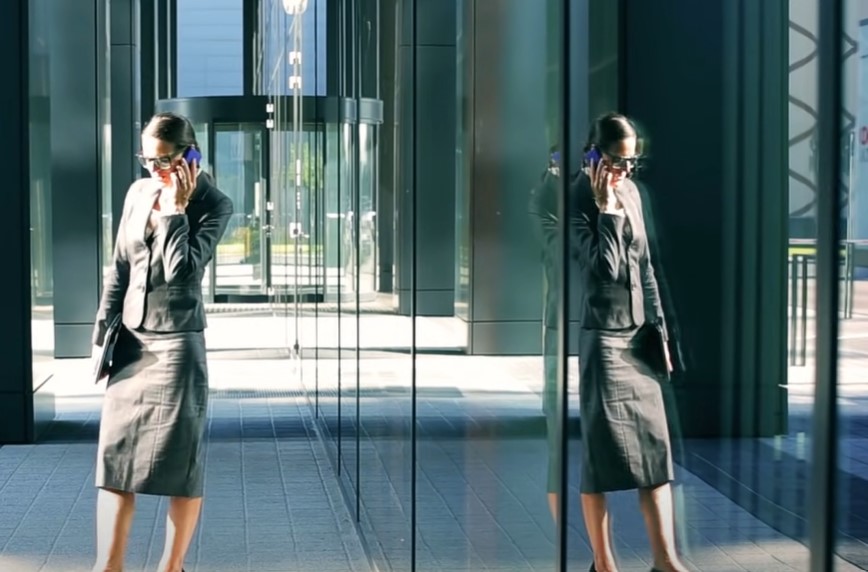Explore the art of influence and uncover the hidden forces behind social dynamics. Psychology tricks, from persuasion to charisma, provide a diverse toolkit for navigating social situations. Remember, with this power comes responsibility.
Be taken more seriously


Mentioning “my father told me” during discussions subtly adds authority and credibility to the information shared, leveraging the respect associated with parental figures. This tactic can foster trust, rapport, and acceptance of the ideas presented. However, it’s crucial to use it responsibly to maintain authenticity and avoid diminishing its effectiveness over time.
Rock, paper, scissors
Introducing a random question right before playing Rock, Paper, Scissors can disrupt your opponent’s focus, potentially leading to confusion and influencing their choice. This tactic exploits the momentary distraction to increase the likelihood of them selecting scissors, giving you an edge in the game. However, it’s important to use this strategy sparingly and tactfully to maintain fairness and sportsmanship.


Source:
youtube
Broccoli trick
Offering children a choice between 5 or 2 stalks of broccoli subtly empowers them by making them feel like they are in control of the decision. By framing the question in a way that assumes they will eat broccoli, it increases the likelihood of them accepting the vegetable without resistance. This technique leverages the psychology of decision-making and can encourage children to eat healthier foods while maintaining a sense of autonomy.


Source:
youtube
Last song syndrome
To dislodge a song that’s stuck in your head, focusing on the end of the song can be an effective strategy. By mentally completing the musical sequence, you may signal to your brain that the loop has concluded, helping to break the cycle of repetition. This technique capitalizes on the brain’s tendency to seek closure and can aid in shifting your attention away from the persistent tune.


Source:
pixabay
Get help
Engaging in conversation while offering assistance can subtly encourage someone to accept help without directly asking. By seamlessly integrating assistance into the conversation, you create a supportive atmosphere where the person feels comfortable receiving aid without feeling pressured. This approach allows you to address their needs effectively while maintaining a sense of collaboration and cooperation.


Source:
youtube
Warm them up
Ensuring your hands are warm before expecting a handshake can enhance the overall experience for both parties. Warm hands convey comfort and confidence, making the handshake more pleasant and memorable. Cold hands can feel unpleasant and may create an awkward impression. By taking a moment to warm your hands, you demonstrate thoughtfulness and consideration, setting a positive tone for the interaction.


Source:
youtube
That hairline stare
Focusing on someone’s hairline while they speak can create discomfort and insecurity, as it may give the impression that you’re not fully engaged in the conversation. This subtle gesture can make the speaker feel self-conscious and question whether you’re paying attention to what they’re saying.


Source:
youtube
Laugh together
Observing who looks at you when you laugh can provide insights into the dynamics of your relationships. People who feel closest to you are more likely to instinctively seek your reaction when you laugh, as they value your response and enjoy sharing moments of laughter with you. This subtle behavior reflects the strength of your connection and the level of comfort and intimacy in your relationships.


Source:
youtube
Show them how they look
Positioning a mirror strategically so that others can see themselves while talking to you can subtly influence their behavior in a positive way. When people see themselves reflected, they become more self-aware and may adjust their demeanor accordingly, striving to present themselves in a favorable light. This can lead to increased politeness and consideration during interactions, as individuals are more conscious of their own expressions and mannerisms.


Source:
youtube
Confrontation
Intentionally sitting close to someone who appears to be on the verge of shouting can disrupt their expected behavior and create a sense of discomfort. The close proximity may surprise them and cause them to reconsider their actions, as they may feel uneasy about expressing anger or frustration in such close quarters. This subtle tactic can serve to de-escalate the situation and encourage a more calm and respectful interaction.


Source:
youtube
Walkway magic
Making eye contact with people approaching you in a crowded space can subtly signal your presence and intention to navigate through the crowd. In response, individuals may instinctively adjust their path or make room to allow you to pass, often without conscious awareness.


Source:
youtube
Stalk detector
If you think someone is watching you, try yawning then looking at the person. If they yawn back then chances are they were watching you the whole time.


Source:
youtube
Info getter
Maintaining eye contact and waiting for someone to continue opening up after they’ve partially answered a question can create a supportive and encouraging atmosphere for conversation. This technique allows the person to feel heard and validated, signaling that you’re genuinely interested in what they have to say.


Source:
youtube
Target fixation
Using the technique of looking at someone’s elbow while giving a high five can improve accuracy and coordination, ensuring a successful connection without missing. By focusing on the elbow, you naturally align your hand with theirs, increasing the likelihood of a smooth and synchronized high five.


Source:
youtube
Believable lies
If you want someone to believe a lie you’re telling, just add an embarrassing detail about yourself. It’s a way to disarm them and make them more intrigued regarding your story.


Source:
youtube
Look into your eyes
Asking someone to maintain prolonged eye contact with you before asking a question can indeed create a sense of intimacy and increase the difficulty of answering. Deep eye contact can be intense and may cause the person to feel more self-conscious or vulnerable, making it challenging to articulate a response.


Source:
youtube
Win the game
Engaging your competitor in conversation about their skills or strategy while they’re winning can disrupt their focus and lead to overthinking, potentially resulting in mistakes. By drawing attention to their success, you introduce a psychological element that may distract them from their optimal performance. This tactic can create a shift in their mindset, causing them to become self-conscious or doubtful, which can impact their ability to maintain their lead effectively.


Source:
pixabay
Number patterns
Starting your own count with numbers in ascending order while someone else is counting can subtly disrupt their concentration and lead to mistakes. The contrasting counts may create cognitive interference, making it harder for the person to maintain their focus and rhythm.


Source:
pixabay
The taste test
Before conducting a taste test with a family member, inform them that you doubt their ability to differentiate between types of milk or juice blends. Then, blindfold them and have them taste various glasses of milk, replacing the last glass with juice. Since their brain expects milk, the sudden taste of juice may trigger a surprising reaction, highlighting the influence of expectation on taste perception.


Source:
pixabay
Stay calm
Maintaining your composure during an argument, especially when the other person is raising their voice, can be beneficial for several reasons. By staying calm, you demonstrate emotional control and maturity, which can enhance your credibility and authority in the discussion. Additionally, keeping a level head allows you to listen attentively to the other person’s arguments and identify any irrational statements they make.


Source:
youtube
Whispering
Whispering something to someone often elicits a whispered response due to the natural inclination to match the communication style of the other person. Whispering creates an intimate atmosphere and conveys a sense of confidentiality, prompting the recipient to respond in a similar manner to maintain the perceived level of privacy and closeness. This tendency to mirror the communication behavior of others is a subconscious social cue that fosters rapport and connection in interactions.


Source:
pixabay
Look right to left
Look right to left when searching for something instead of left to right. This causes your eyes to slow down since you are more used to looking left to right. By disrupting the habitual pattern, it could potentially increase attention to detail and enhance the effectiveness of the search.


Source:
youtube
Ask for help
When you directly say “I need your help,” it often prompts people to assist you because they don’t want to feel guilty for not helping. This straightforward approach appeals to their sense of empathy and social obligation.


Source:
youtube
Chewing gum
Chewing gum has been shown in some studies to have a positive effect on memory and cognitive function. It’s believed that the act of chewing increases blood flow to the brain, which can enhance alertness and cognitive performance. Additionally, the repetitive motion of chewing may stimulate certain brain regions associated with memory and attention.


Source:
pixabay
Nodding
Nodding while someone is talking is a nonverbal cue that signals active listening and engagement. It encourages the speaker to continue expressing themselves and shows that you are attentive to what they are saying. Nodding also conveys understanding and agreement, which can foster rapport and communication. It’s a simple yet effective way to communicate attentiveness and support during a conversation.


Source:
youtube
Go psychic
To impress kids with your “psychic” abilities, watch them do something wrong, then turn away briefly before pointing it out. They’ll be amazed.


Source:
pixabay
The E test
Ask a person to trace the letter E on their forehead. If it’s drawn facing you then that means they’re thinking about you, but if it’s the other way around then they think of themselves more.


Source:
youtube
Not a fan
If you feel like someone isn’t fond of you, try borrowing a pen from them. This disarms the person, making them think that you’re not such a bad person after all. You may even establish a good friendship.


Source:
youtube
Eye contact is important
Eye contact can be awkward and uncomfortable but a trick is to remember someone’s eye color. That way, you won’t be staring as much but the connection is still there. Just don’t be so obvious.


Source:
youtube
Mirroring behavior
Mirroring the behavior of others involves subtly imitating their actions, gestures, or expressions. This mimicry is often done unconsciously and can create a sense of rapport and connection between individuals. Mirroring can include gestures like nodding, smiling, or leaning in, as well as more subtle movements such as posture and body language. This technique is commonly used in social interactions to build trust, establish rapport, and enhance communication.


Source:
youtube
Please SHARE this with your friends and family.







